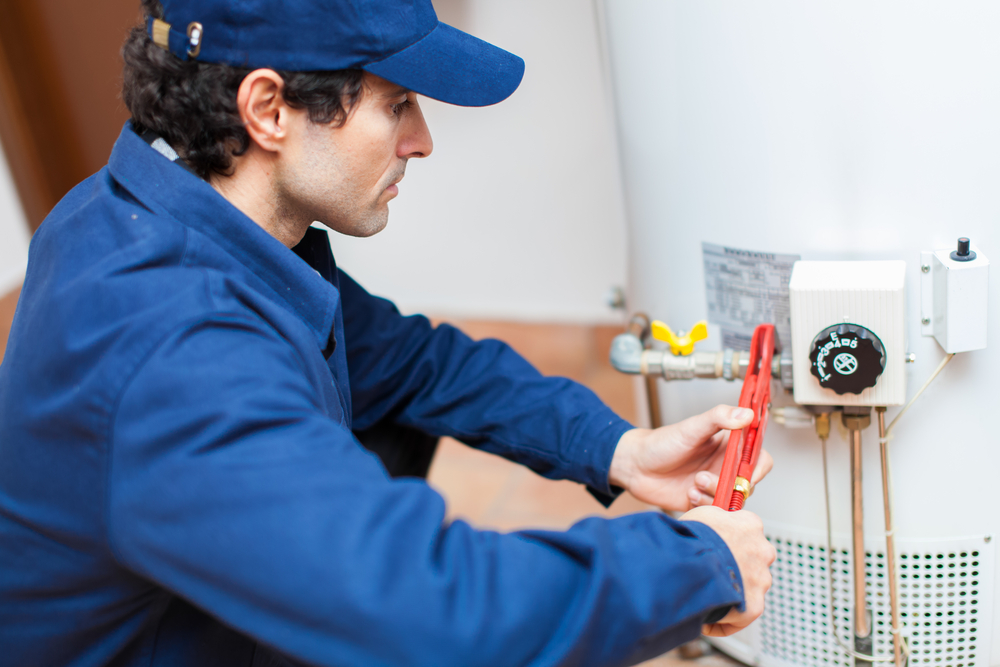
Noises from the water heater in your home may indicate a problem that needs immediate repair or maintenance. Many hot water heaters will develop a low rumbling noise when the rank has a large quantity of sediment. It is common for older water heaters to develop sediment near the bottom of the tank. If you allow this sediment to build up over the years, it will eventually affect the quantity of hot water in your home. The sediment in the hot water heater is blocking the heat from the water in the unit. Prior to calling a Professional Plumber to receive assistance with a water heater replacement, we recommend troubleshooting your current water heater to find potential fixes. It may be possible to remove the minerals and sediment from your current water heater to restore regular operation. Connect a hose to the valve that is located at the bottom of the water heater unit. This will allow the trapped water, minerals, and sediment to exit the water heater tank. Stephens Plumbing recommends discharging the water for a total of 5 minutes. If the rumbling noise in your water heater persists after draining the tank, call a Professional Plumber by phone at (630) 968-0783 or book an appointment online. We offer water heater repair, replacement, and installation services to meet your needs. Stephens Plumbing offers repair services in Downers Grove, Darien, Burr Ridge, Lisle, Naperville, Oak Brook, Wheaton, and other areas of Illinois.
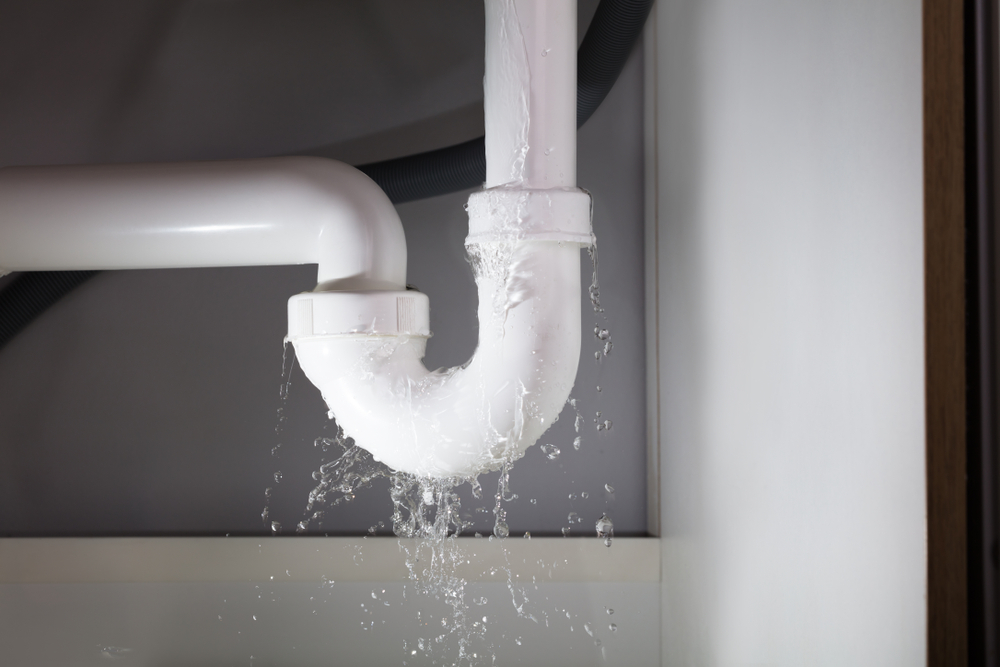
As the plumbing system in your home becomes older, it is common for plumbing leaks to form in various areas. For example, plumbing leaks are common with older sinks in homes. Leaks in sinks are able to develop at almost any plumbing joint. Keep an eye on the various areas of your sink such as the slip joints, sink rims, supply line connections, and shutoff valves for common plumbing leaks. Another area that is susceptible to plumbing leaks is the tile in your shower or bathtub. As the grout on your tile ages, it becomes a less effective barrier to water and steam. Moisture is able to penetrate the grout in your bathroom and get into the drywall. Common signs of tile leaks include damaged tiles, falling tiles, wall framing damage. Lastly, a clear indicator of pipe leaks in walls or ceilings are damp spots or water stains. If you notice moisture on your walls or ceilings, we recommend contacting a plumbing specialist to examine your pipes. Do not ignore this issue because this leak has the potential to damage the drywall in your home. Call a plumbing specialist by phone at (630) 968-0783 or schedule a Service appointment online. Stephens Plumbing offers repair services for pipe leaks and other types of plumbing leaks. We offer leak detection and repair services in areas such as Downers Grove, Darien, Westmont, Woodridge, Naperville, and Lisle.
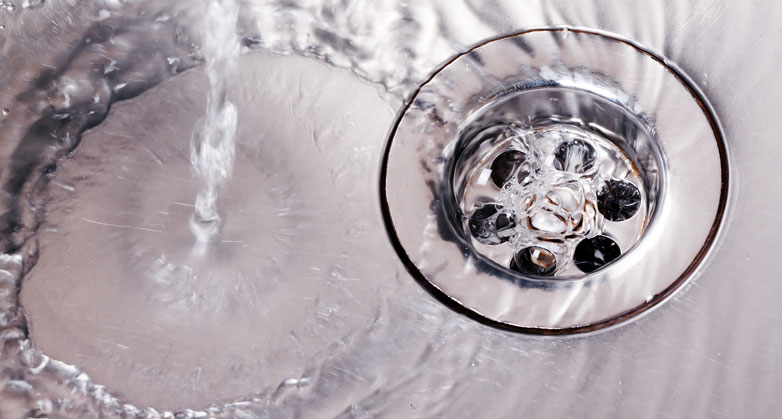
Drain clogs are a common plumbing issue in homes because of the improper disposal of food and materials. Drain clogs are common in areas such as kitchens, bathtubs, bathrooms, and laundry rooms. Kitchen sink drain clogs are caused my items such as food, fats from meat, hand soap, and grease from cooking. On the other hand, clogged bathroom sinks are caused by materials such as shampoo, soap, hair gel, hair, and toothpaste. If you notice a clogged drain in your home, we recommend using a plumbing snake to clear your pipes and plumbing system. An average plumbing snake is 50 feet long and is designed with flexible metal. Insert the auger inside the drain and plumbing system and use the handle to operate the plumbing snake. The drain snake will travel deep into your pipe to eliminate the source of the clog. Call a Plumber by phone at (630) 968-0783 or request an appointment to have a professional clean your drains. We offer drain cleaning services in Downers Grove, Illinois, and other areas.
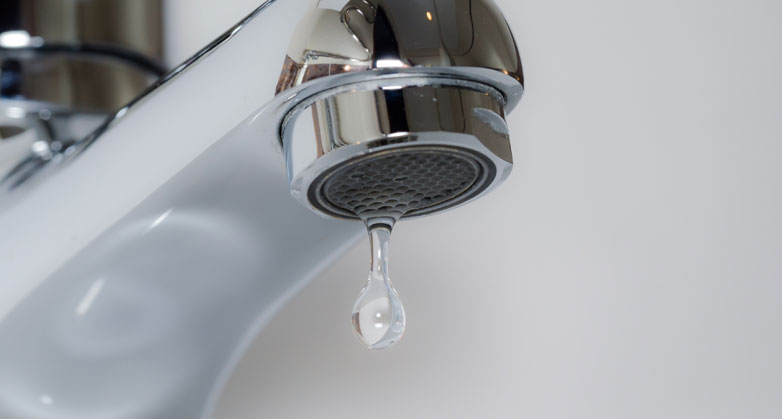
A leaking faucet should be fixed quickly to avoid an increase in your water bill. A single drop of water may not seem like a big deal. However, the faucet leak in your home may be responsible for costing you hundreds of gallons of water per year. We recommend calling a Professional Plumber to repair your existing faucet or install a new fixture. Old faucets are often damaged and corroded. In addition, it is hard to find parts for old fixtures in your home. If your faucet is damaged and leaking, we recommend replacing it. Call Stephens Plumbing at (630) 968-0783 or fill out a form online to reach a plumbing specialist. We offer fixture installation services in areas such as Downers Grove, Burr Ridge, Plainfield, Clarendon Hills, Lisle, and Naperville, Illinois.
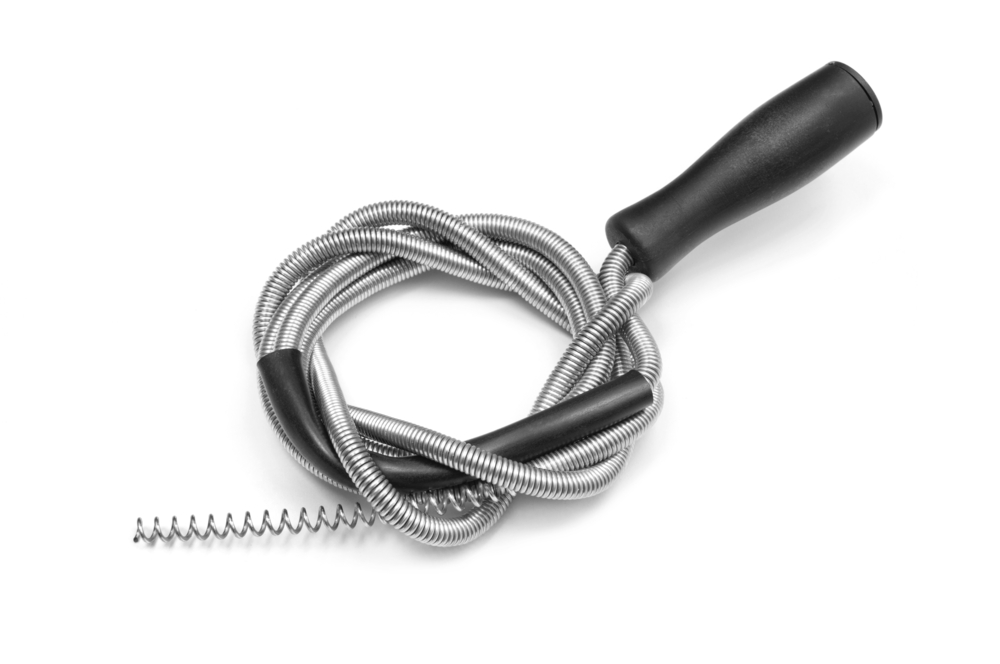
A plumbing snake is a tool that is utilized by homeowners to clear moderate to severe clogs in kitchen, bathroom, bathtub, and laundry room drains. A plumbing snake is an excellent plumbing repair tool to use prior to calling a Plumber to schedule a Professional power rodding and drain cleaning appointment. To avoid the formation of leakage or damage to your plumbing pipes, it’s important to use a plumbing snake properly. A plumbing snake is a metal cable that is designed with extensible materials to help it reach deeply into your pipes and plumbing system. Snakes include an auger or spring at the end. Drain snakes also feature a handle to make it easy for the user to form a tight and reliable grip. The average snake is 50 feet long and is operated by hand. They include a rotatable handle or a crank to make it easy to remove items such as hair, objects, fats, and food. To unclog your drain, stick the auger into your drain or pipe and proceed to uncoil the plumbing snake by utilizing the rotating handle. The auger will travel through your plumbing system until it reaches the objects, food, or materials that are causing the drain clog. Do you need assistance with a clogged drain in your home? Stephens Plumbing offers power rodding and drain cleaning services for homes in Downers Grove and other areas of Illinois. Call us by phone at (630) 968-0783 or schedule an appointment online to receive assistance with your project.
Prior to using a plumbing snake, Stephens Plumbing recommends removing the p-trap on your plumbing system. The p-trap is the curved pipe that is responsible for connecting your kitchen, bathroom, or laundry room sink to the piping and plumbing system in the household. Use your hands or a wrench to remove the p-trap. After the p-trap is removed, examine it and remove the materials causing the clog. If there is nothing in the p-trap, you will need to use the plumbing snake to fix the clog. Contact a Professional Plumber at Stephens Plumbing by phone at (630) 968-0783 or submit a Service Request online to receive assistance unclogging your drain. Our plumbers offer reliable power rodding and drain cleaning services for all types of issues.
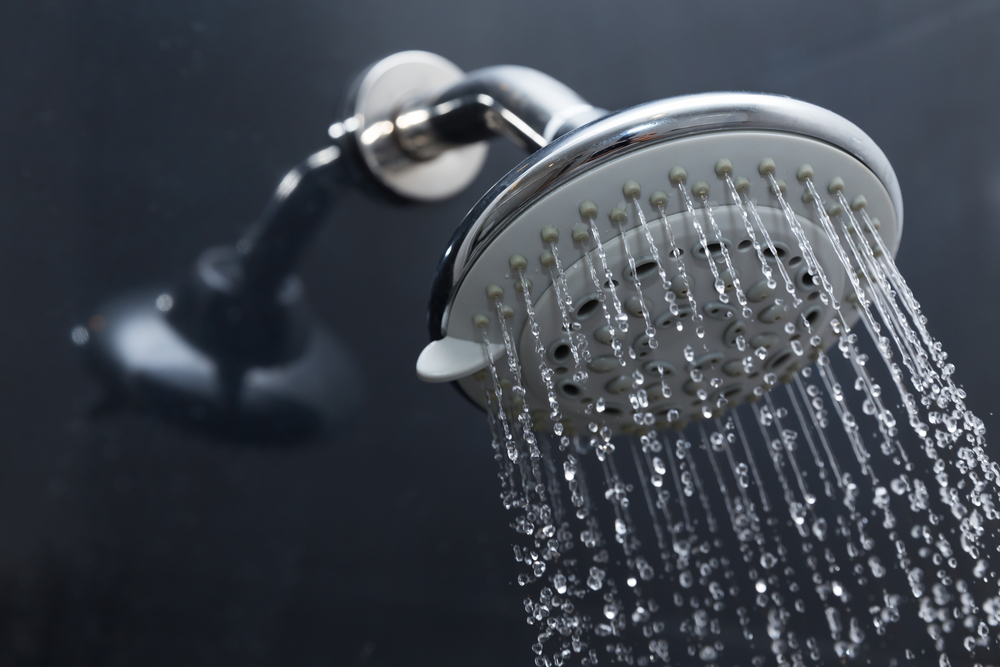
It’s not uncommon for residents to experience issues with their shower heads as they age. From corrosion to broken parts, there are many reasons to install a new shower head in your master or guest bathrooms. Prior to replacing your showerhead, it’s important to determine if you will be keeping the old shower arm in your bathroom. A shower arm is a curved pipe on the wall of the shower that is responsible for connecting the shower head to the pipes and plumbing system in your home. If the shower arm features an identical finish to the new showerhead, we recommend keeping it. However, if the shower arm is corroding from use, it’s easy to replace it with a new one. You will need to purchase a new shower arm separately since they are not usually sold with shower heads. Stephens Plumbing offers fixture installation services in Downers Grove and other areas of Illinois. Call a plumbing specialist by phone at (630) 968-0783 or contact a specialist online to receive assistance with installing a new shower.
Shower Arm Installation: Prior to installing a shower arm, it’s important to use thread seal tape to wrap the threads on the fixture. We recommend wrapping the threads a total of two or three times to ensure optimal operation. To install the shower arm, spin the pipe into the fitting in the wall. Next, utilize a reliable plumbing putty to seal the opening in the wall. Lastly, you will need to maneuver the shower flange over the shower arm to the putty that has been applied. Press the shower flange on the plumbers putty and clean the excess material.
Shower Head Installation: After the installation of the shower arm is complete, the next step is to select a showerhead for your bathroom. The installation steps for a shower head will depend on the type you purchase. If you have a shower head that is designed to be installed directly to the shower arm, apply a reliable thread seal tape to the threads that are located on the base of the arm. Next, rotate the shower head into its proper location on the shower arm. To avoid damage to your showerhead, we recommend using a wrench throughout the installation process. If you are using pliers during this installation process, we recommend using a protective barrier to protect the finish on your shower head.
Seal tape will not likely be needed at the shower arm base for handheld shower fixtures. Always refer to the manufacturer’s instructions for a full list of shower installation steps. A handheld shower head will need to be threaded to the shower arm fixture prior to threading the flexible hose of the handheld shower to the bracket. Stephens Plumbing offers shower head and fixture installation services for homes in Downers Grove, Illinois, and other areas. Contact a Professional Plumber to receive assistance with your project.
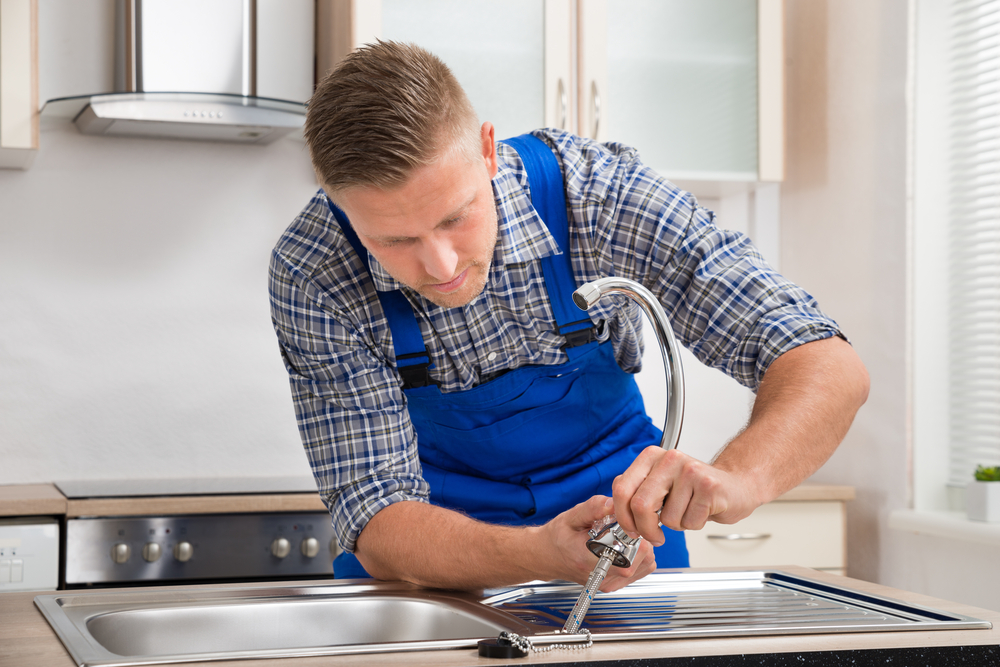
If you are in the process of remodeling the bathroom, kitchen, or laundry room, it may become necessary to purchase a new sink to match the decor of your new cabinets, furniture, or accessories. Prior to installing a new bathroom, laundry room, or kitchen sink, it is important to obtain precise measurements of your countertop opening to ensure the fixture and plumbing fits.
We recommend obtaining measurements of all four sides of your sink to use throughout the shopping process. Also, it’s important to measure the depth of your current sink before choosing a new unit. A sink that has a higher depth may require you to lower the drain line that is connected to the wall in your home, which can be a costly process. Need assistance with a bathroom, kitchen, or laundry room sink installation project? Call Stephens Plumbing by phone at (630) 968-0783 or book a plumbing installation appointment.
Remove Old Sink: Prior to removing the old kitchen or bathroom sink, it’s necessary to turn off the hot and cold water in your home to prevent water damage. Also, Stephens Plumbing recommends cutting the power to the garbage disposal prior to removal.
Next, you will need to disconnect the old sink from the drain connections and remove the plumbing clamps. Carefully remove the garbage disposal to avoid damage. Next, you will need to remove the current caulk that surrounds the sink prior to removing the kitchen or bathroom sink from the hole.
Install the New Sink: Next, you will be required to install your new kitchen or bathroom sink in the enclosure on your countertop. It’s vital to remove all old caulk before beginning the sink installation process. Directly drop the new sink into the hole on your countertop to ensure all of the measurements match up. The holes on the new sink should match the areas cut out of your countertop.
Before installing the kitchen or bathroom sink in the counter, we recommend installing the faucet and its parts in the sink. This will make the installation process easier later on. The next step to your sink installation process is to add caulk to the surrounding open area. Next, carefully lift the new sink into the countertop opening and install the sink clips.
Finally, it’s time to connect the water pipes, drain pipes, and garbage disposal to restore the operation of your kitchen or bathroom sink. The last step in the sink installation process is to turn on the warm and cold water to test your new kitchen or bathroom sink configuration for any leaks. Need assistance with your kitchen or bathroom sink installation? Call Stephens Plumbing by phone at (630) 968-0783 or book a plumbing appointment.
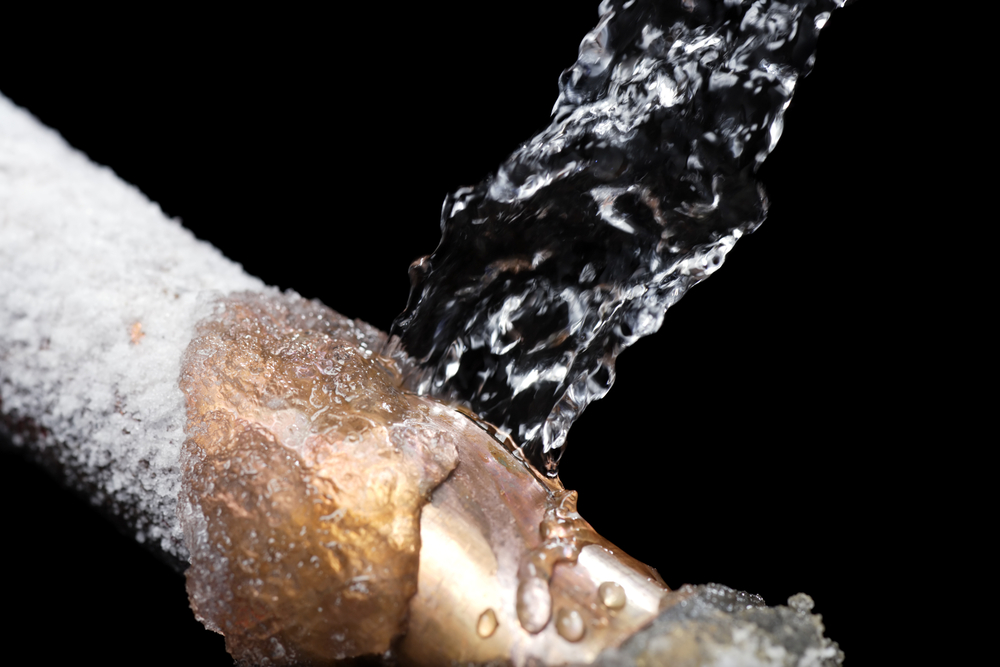
It’s import to winterize the plumbing in your home to avoid water leaks, water line breaks, and drywall damage throughout the Winter season. When the temperature falls below freezing, the water in your pipes freezes and expands. The frozen ice in your water lines causes an increase of pressure in your pipes and home plumbing system. This pressure causes common water leaks, pipe bursts, and damage to homes. Call a Professional Plumber at Stephens Plumbing by phone at (630) 968-0783 or book a plumbing appointment to receive assistance with winterizing your home's plumbing.
The first step to winterizing your home’s plumbing system is to shut off the water supply and electric or gas water heater. Next, the homeowner should open the drain valves and taps throughout the home to ensure there is no water left in the pipes of the home. You will need an air compressor to remove the remaining water from the pipes. Next, release the drain valve of the water heater to remove all standing water. After the tank is emptied, add antifreeze to the jet pump case to prevent freezing water.
How it’s time to take care of your water pipes. Conduct an audit of your water pipes to determine which areas are susceptible to freezing. Check the pipes that are located outside walls and lines that are not insulated. After you identify each pipe that is vulnerable to freezing, it’s time to install pipe insulation. Install foam pipe insulation by either wrapping it around the water line or by slipping it on over the pipe. Do not leave any gaps between the pipe and the insulation. Use caulk to seal medium to large cracks in the outdoor areas of your property to prevent cold air from entering. Lastly, a beneficial way to prevent frozen pipes is to on your water on your faucet and allow it to drip into the sink. This promotes continuous water movement in the pipes.
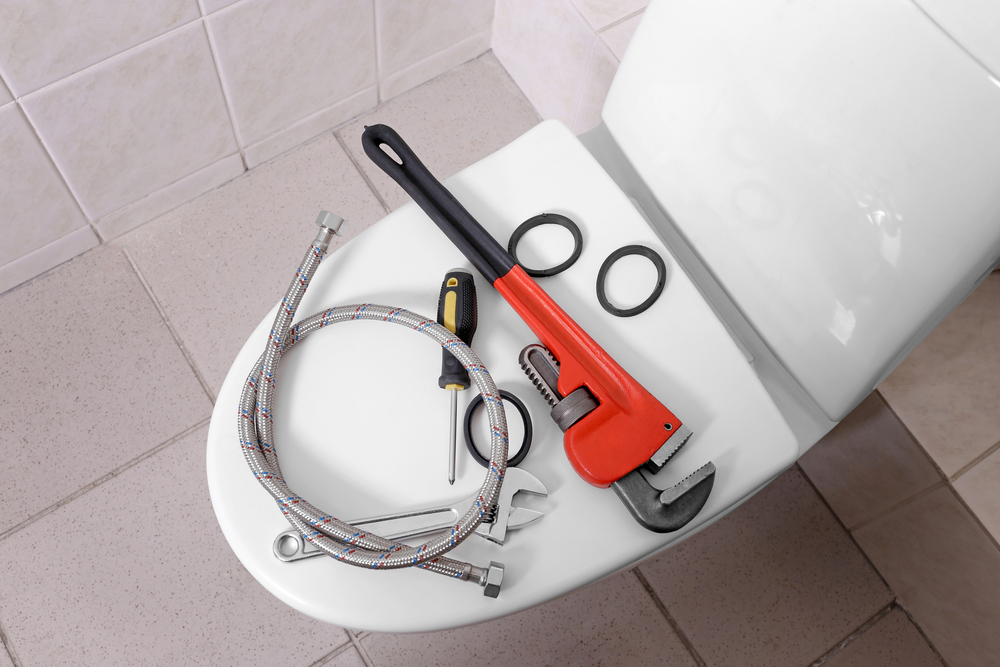
How should you install a toilet and its plumbing components in your home during a remodel or repair project? Prior to installing a new toilet, you will need to record the “rough-in” measurements of the old unit. Most brands and toilets feature a waste pipe that is 12 inches from the wall in your bathroom. To obtain the “rough in” specifications, the homeowner will be required to obtain a measurement from the bathroom wall to the bolts. Call a plumbing specialist at Stephens Plumbing by phone at (630) 968-0783 or book a toilet installation appointment to receive assistance with your project. We offer plumbing repair and installation services in Downers Grove, Illinois and other surrounding areas.
After you purchase the new toilet, the first part of the installation process will include setting the toilet on top of the bolts on the ground. Carefully align the holes on the toilet unit with the bolts on the ground. This process may be difficult and may require a couple of minutes. We recommend investing in a second pair of nuts and washers to help prevent the bolts from moving while you are installing the new toilet in your home. Set down the toilet and confirm its height and position to ensure the components are in the correct area. Next, lift the toilet off and add a wax ring.
To prevent damage to the wax seal and potential leaks, check the toilet for to make sure it doesn’t wobble after it is set. Tighten the nuts on the toilet if it wobbles on the floor. Once the toilet is firmly set, add caulk around the unit base. Next, it’s time to install the water connections. After this is complete, check the toilet for leaks and tighten specific areas as you see fit. Next, test your toilet by flushing it a couple of times. If there are no leaks. The last step to installing a new toilet in your home is to cut the bolts after the toilet has been tested. Contact a plumber at Stephens Plumbing to receive help with your toilet installation.

